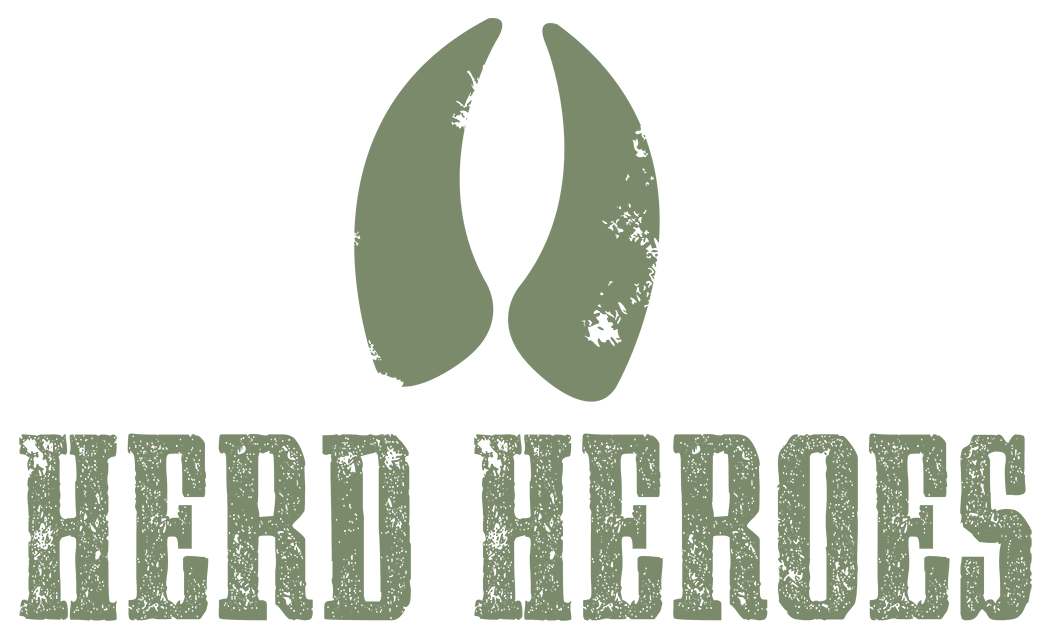When I decided to take my volunteer veterinary work to the next level and start a 501(c)(3) nonprofit, I heard a common caveat from a number of seasoned professionals in the nonprofit world: many passionate, mission-driven charities often get so caught up in what they want to accomplish that they neglect to ask the people they serve what they need or want. To be successful, our nonprofit, Herd Heroes, must align its mission and objectives with the aspirations of the Haitian farmers we hope to help and the facts on the ground in Haiti.
During each trip to Haiti, we hold town hall-style community meetings with farmers in an effort to understand what obstacles they face in raising and selling livestock for a living. We’ve been able to tailor our treatment protocols and animal health worker training sessions to address these obstacles. For example, we trained them on protocols to treat weak neonatal animals and support them until they are strong enough to nurse from their dam. Nevertheless, this year it became clear that we needed to conduct a community survey to truly understand the issues limiting the farmers’ production capacity and generate some metrics on the goat population. We hired a team to survey 50 rural smallholder farmers in L’Azile, Haiti. We generated a tremendous amount of valuable information from the survey, and this will help us to make data-driven decisions about where to focus our future efforts and where to direct our funds.
One surprising finding was that the farmers reported an average of nearly one “found dead” goat kid per year, which is an unacceptable rate of animal loss for smallholder farmers. Clearly, we need to boost our efforts to address neonatal deaths through training in husbandry and veterinary care. We can’t be there for every birth, so we need to give them the tools to solve this problem.
We were also surprised to learn that 37% of farmers reported losing animals to predators. We can address this by making accommodations in the Animal Health Field Station for weak, sick, or neonatal animals which would be at risk of falling victim to predators.
We found that 20% of the farmers reported illness and poor fertility as obstacles to increasing their herd size. We will enhance our efforts to make sure more animals are vaccinated and treated for common illnesses such as parasites. Based on this information, we are planning to use the Animal Health Field Station to perform assisted reproduction techniques, such as artificial insemination from genetically improved sires, to improve fertility rates.
Another interesting finding was that 25% of the farmers reported that their children were the primary caretakers for the goats. It has never occurred to us before to hold a meeting with the young people in the community, but we need to include them in our plans if we are going to be successful at improving production in that 25% of farms.
I believe this survey was a tremendous success, and it’s clear that we will need to conduct another one in a few years to assess our progress. Face-to-face discussions definitely help to build trust and rapport with the farmers, but there is no substitute for hard data.
Watson Drouillard with the L'Azile community survey team, October 2017



